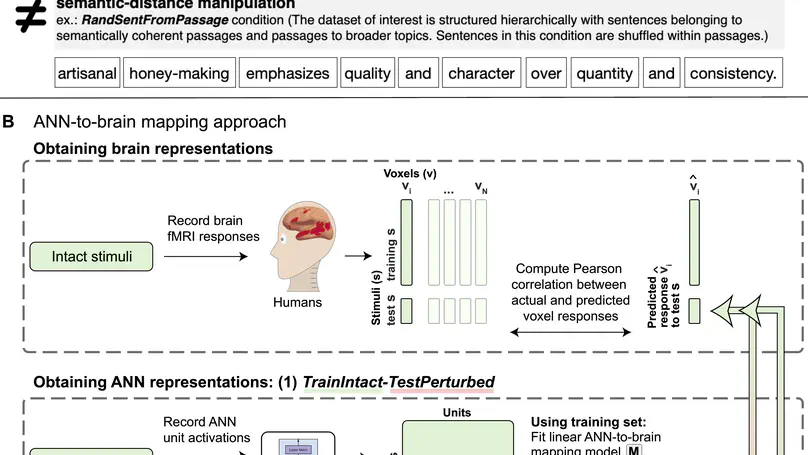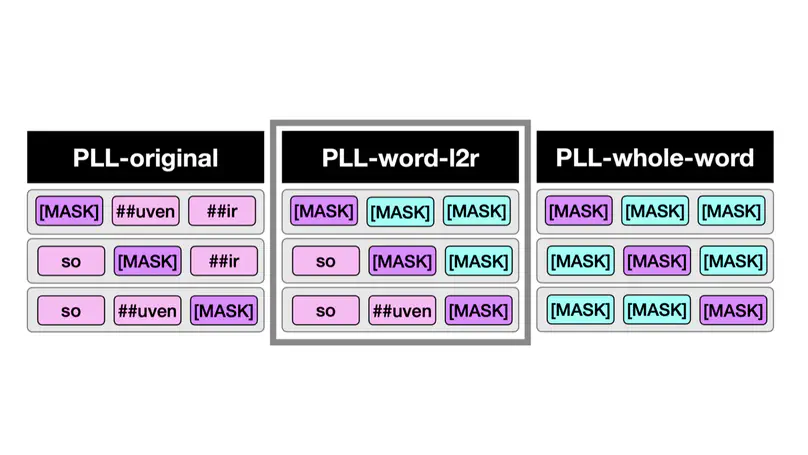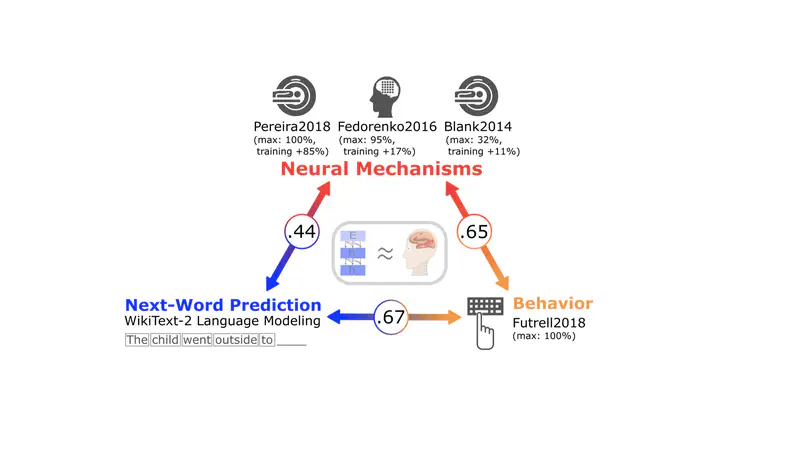Welcome!
I recently completed my Ph.D. in Computational Cognitive Neuroscience at MIT’s Department of Brain and Cognitive Sciences, where I was advised by Evelina Fedorenko. In my work, I investigate how the human brain and large language models process language and how the representations learned by these two systems compare. To do so, I bridge insights from artificial intelligence, neuroscience, and cognitive science. I am grateful for funding support from the MIT Quest for Intelligence. Before to coming to MIT, I completed my double B.A. and M.Ed. degrees in Mathematics and English at the University of Göttingen, Germany (with coursework/research conducted at Harvard University and the University of Warwick, UK). Afterwards, I worked as a research scientist in the Linguistics department in Göttingen, focusing on formal semantics.
- Natural Language Processing
- Artificial Intelligence
- Cognitive Science
- Computational Neuroscience
- Psycholinguistics
- Education
Ph.D. in Brain and Cognitive Sciences
Massachusetts Institute of Technology
M.Ed. in Mathematics and English
University of Göttingen
Double B.A. in Mathematics and English
University of Göttingen
Featured Publications

Representations from artificial neural network (ANN) language models have been shown to predict human brain activity in the language network. To understand what aspects of linguistic stimuli contribute to ANN-to-brain similarity, we used an fMRI dataset of responses to n=627 naturalistic English sentences (Pereira et al., 2018) and systematically manipulated the stimuli for which ANN representations were extracted. In particular, we i) perturbed sentences’ word order, ii) removed different subsets of words, or iii) replaced sentences with other sentences of varying semantic similarity. We found that the lexical semantic content of the sentence (largely carried by content words) rather than the sentence’s syntactic form (conveyed via word order or function words) is primarily responsible for the ANN-to-brain similarity. In follow-up analyses, we found that perturbation manipulations that adversely affect brain predictivity also lead to more divergent representations in the ANN’s embedding space and decrease the ANN’s ability to predict upcoming tokens in those stimuli. Further, results are robust to whether the mapping model is trained on intact or perturbed stimuli, and whether the ANN sentence representations are conditioned on the same linguistic context that humans saw. The critical result—that lexical-semantic content is the main contributor to the similarity between ANN representations and neural ones—aligns with the idea that the goal of the human language system is to extract meaning from linguistic strings. Finally, this work highlights the strength of systematic experimental manipulations for evaluating how close we are to accurate and generalizable models of the human language network.

Estimating the log-likelihood of a given sentence under an autoregressive language model is straightforward: one can simply apply the chain rule and sum the log-likelihood values for each successive token. However, for masked language models, there is no direct way to estimate the log-likelihood of a sentence. To address this issue, Salazar et al. (2020) propose to estimate sentence pseudo-log-likelihood (PLL) scores, computed by successively masking each sentence token, retrieving its score using the rest of the sentence as context, and summing the resulting values. Here, we demonstrate that the original PLL method yields inflated scores for out-of-vocabulary words and propose an adapted metric, in which we mask not only the target token, but also all within-word tokens to the right of the target. We show that our adapted metric (PLL-word-l2r) outperforms both the original PLL metric and a PLL metric in which all within-word tokens are masked. In particular, it better satisfies theoretical desiderata and better correlates with scores from autoregressive models. Finally, we show that the choice of metric affects even tightly controlled, minimal pair evaluation benchmarks (such as BLiMP), underscoring the importance of selecting an appropriate scoring metric for evaluating MLM properties.

The neuroscience of perception has recently been revolutionized with an integrative modeling approach in which computation, brain function, and behavior are linked across many datasets and many computational models. By revealing trends across models, this approach yields novel insights into cognitive and neural mechanisms in the target domain. We here present a systematic study taking this approach to higher-level cognition: human language processing, our species’ signature cognitive skill. We find that the most powerful ’transformer’ models predict nearly 100% of explainable variance in neural responses to sentences and generalize across different datasets and imaging modalities (functional MRI and electrocorticography). Models’ neural fits (‘brain score’) and fits to behavioral responses are both strongly correlated with model accuracy on the next-word prediction task (but not other language tasks). Model architecture appears to substantially contribute to neural fit. These results provide computationally explicit evidence that predictive processing fundamentally shapes the language comprehension mechanisms in the human brain.